New Russian 5.45x39 Anti-Drone Ammunition

Small suicide drones have proven to be one of the most effective weapons on modern battlefields. Ever since these little machines started being deployed en masse, people have been trying to find ways to counter them, and arguably, the most effective tool is the good old scattergun. While it’s great to have a shotgun handy for the anti-drone work, it’s not always possible for a variety of reasons. That’s why soldiers have been trying to come up with ways to make their standard rifles more effective against drones. One of such attempts seen in the Russo-Ukrainian war was loading 5.45x39 ammo with a column of BB pellets in a piece of shrink wrap. The reports on the effectiveness of this DIY solution vary, but I guess the concept has proven to be viable, as the Russian company Tekhkrim has recently introduced 5.45x39 ammunition loaded with birdshot in a metal discarding sabot.
Anti-Drone Guns and Ammo @ TFB:
This new Tekhkrim anti-drone ammunition is loaded with seven 4.5mm (.177”) hard cast birdshot pellets encapsulated in zinc-plated two-piece precut discarding steel sabots. The overall weight of the projectile is 5.5 grams (85 grains). This ammunition cycles the action of the rifles (tested in AK-74s and AK-12s) and has a muzzle velocity of 650-700 meters per second. Tekhkrim states that it is forbidden to use muzzle devices other than the standard ones with this ammunition due to the risk of separating sabot petals hitting the muzzle device; probably a lot of other brakes and flash hiders will work just fine and with this statement, they are likely trying to prevent the use of suppressors with this ammo.
The goal of these 5.45 shotshells is, of course, to increase the hit probability on small and fast-moving targets like FPV drones compared to single projectiles. According to Tekhkrim, the pattern size at 35 meters (38 yards) is 800mm (31”). While the BBs are far from 5.45 bullets in the penetration department, they must be able to damage the drones enough to bring them down. Tekhkrim notes that at 35 meters (38 yards), the pellets penetrate a 20mm (about 3/4”) pine board and a 1.2mm (.050”) aluminum sheet. At 50 meters (55 yards), they penetrate a 12mm (a little less than ½”) plywood board.
Interestingly, Tekhkrim made this new anti-drone ammunition commercially available in Russia, probably in an attempt to have it reach the frontline faster compared to going through trials and being issued by the government. Additionally, besides the ammunition, the company also sells the projectiles, which, despite being much heavier than the 7N6 (53gr) or 7N10 (56gr) bullets, are advertised as designed to be used with “standard ammunition’s powder charges”. In other words, one can pull the standard military ammunition bullets and load these anti-drone projectiles instead. The MSRP in Russia is 97 rubles ($1.2) per round for the loaded ammunition and the projectiles cost 44 rubles ($0.55).
Wrapping up this article, here is a video from a Russian gun channel where the host tests this ammo.
Pictures by Tekhkrim, www.techcrim.ru

Managing Editor Being a lifelong firearms enthusiast, Hrachya always enjoys studying the history and design of guns and ammunition. Should you need to contact him, feel free to shoot him a message at Hrachya@TheFirearmBlog.com
More by Hrachya H
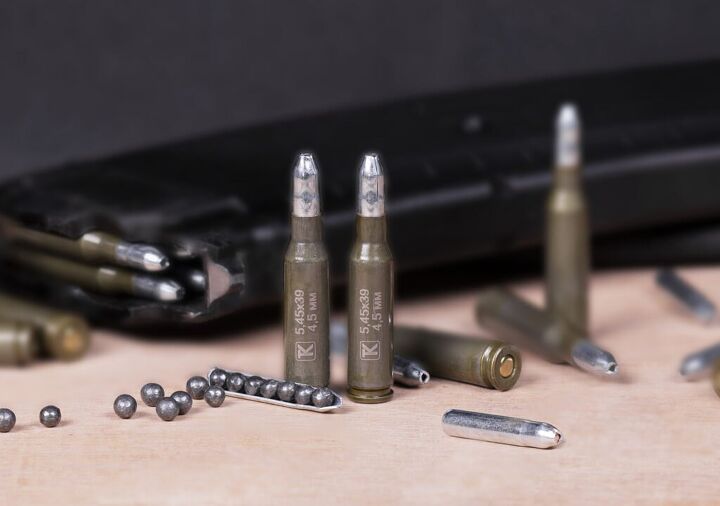


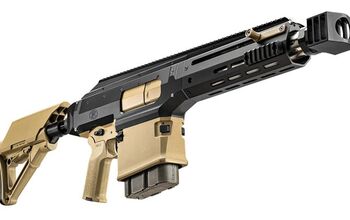
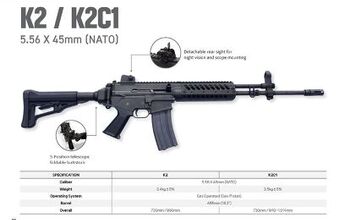
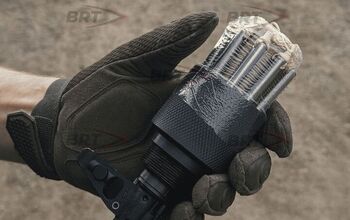

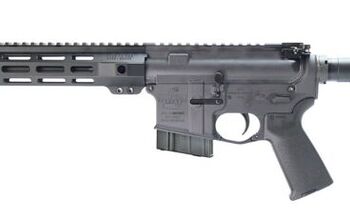
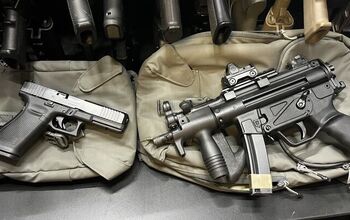

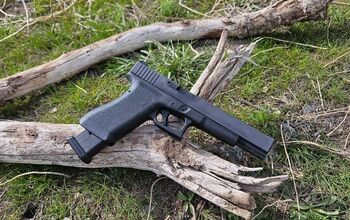


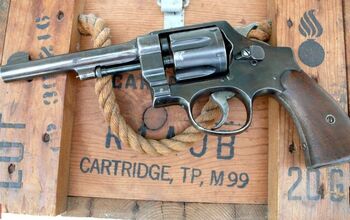




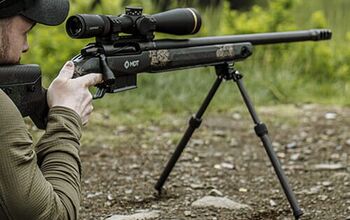
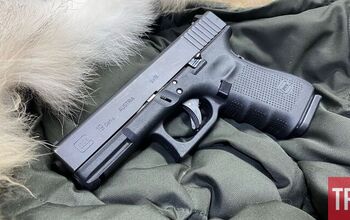
Comments
Join the conversation
Training to hit small fast drones flying straight at you will go a long way in using anything your issued more effectively… all things not adequately addressed in the 3 weeks of training before being shipped to the front. They barely get the hit a static human shaped target version of training.
The effective range is too low.